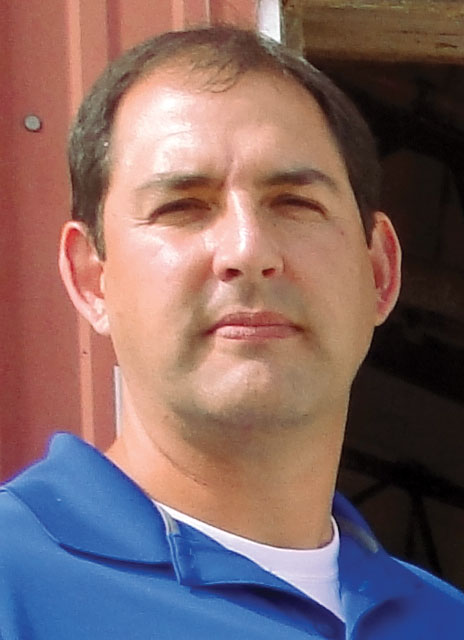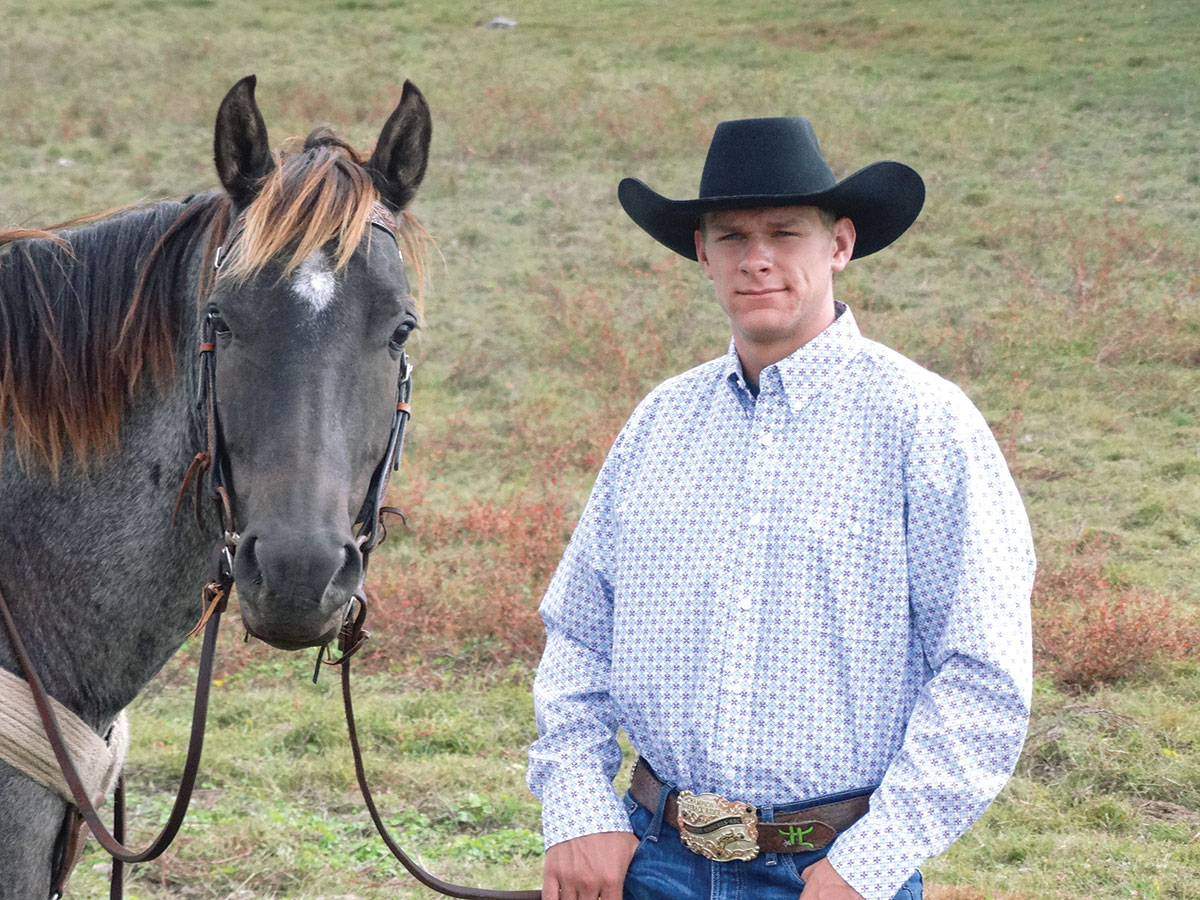
Mike Reynolds is getting ready for the next step.
It was seven years ago when Mike and his wife Karon sold off their cows and decided to concentrate on club lambs. Their Pin Oak Club Lambs in Greenbrier, Ark., supplies local 4-H and FFA youth with project lambs to show at county, district and state fairs
Reynolds told Ozarks Farm & Neighbor he gave an adamant “no” when his oldest daughter asked to show a lamb the first time.
“I didn’t want anything to do with it,” he recalled with a laugh. But, his daughter got her lamb.
The family really enjoyed the first year, and the second year they noticed there was a shortage of local club lambs. Kids had to go out of state for lambs, and the cost of the animals and travel made that burdensome. So the Reynolds family got into the business, and now there’s been a resurgence in locally produced lambs.
“When we first started, there were about 100 Arkansas-bred lambs that would show at state fair,” he said. “Last year, we were almost at 200, and I’m pretty certain we’re going to be close to 250 lambs at the Arkansas State Fair – over half raised in the state.”
Youth activities come naturally to Reynolds. In addition to his daughter, who won numerous showmanship awards at fairs, he puts on showmanship clinics and an annual camp for FFA students, and helps out with Faulkner County shooting sports and the two state competitions for 4-H shooting sports. Oh – and he’s the Livestock Superintendent for the Faulkner County Fair, and runs the goat and sheep show at the Arkansas Southeast District Fair and the Market Lamb show at the State Fair.
This is on top of the military surplus store he owns, and Karon’s demanding job as an emergency room registered nurse. And now, they’re about to branch out from club lambs to a commercial flock. Why?
“Because of low input,” he said. “I am on intensive rotational grazing here; I rotate my fields every four days. I started that for parasite control, where they’re not on the same paddock for more than 30 days at a time. When I started this rotational grazing my better grasses started coming through, so I needed to graze them down more.”
His club lambs are Suffolk/Hampshire crosses; the commercial flock will be White Dorpers, which Reynolds says will eat more of the weeds on his 35 fenced-in grazing acres.
His breeding season starts with turning out the rams the first of August. That means he’ll start having lambs in late January and early February. They’re weaned after 60 days, and then exhibitors show up the second week of April to start picking their projects. They spend the summer feeding and working with their lambs so they’ll be ready for county fair season, which starts in Arkansas the latter part of August. Fairs are later in Texas and Oklahoma, so those kids get Reynolds’ smaller, later lambs.
Reynolds is currently running 100 sheep, but Mike said he has room for at least 125 and expects to have about 60 head of Dorpers in the next year. Market outlets are limited; he can sell them at either the small ruminant sale at the Salem Livestock Market or the buying station at Hope. “There are a few people on the commercials that want breeding stock,” he said.
There’s also the wool; Mike has a shearer who comes in from Dardanelle every spring.
“It takes me about 40 minutes to shear one, and it takes him about three,” he said. The wool from the club lamb Hampshire flock is of low quality and is used for material like felt.
The Reynolds’ are constantly working on the 115 acre farm. They’ve erected a barn that will be used for breeding and flushing – Mike said he has good enough ewes now that they’re worth flushing – and are building some pens with the help of the local FFA kids. There’s a smaller enclosure for creep feeding the newly weaned lambs. He’s also putting in a watering system, so there’s an alternative to ponds on low pastures.
They’re also diverse. Karon intends to build some chicken houses, and they’ve got some Belted Galloway cattle.
“I don’t like what everybody else has got, and it’s kind of different,” Mike said. A few dairy goats, and various working dogs that help move the sheep in Reynolds’ rotational grazing system.
The system is not labor intensive. “It’s opening a gate,” Mike said. “They’re really easy to handle. If I bring a new one in they have a hard time finding the gate, but after you move them a couple times they know that if you open the gate, there’s fresh grass.”
The pastures come together at a four-cornered gate, and the Reynolds can rotate them counter-clockwise, or skip a pasture if the grass growth isn’t there. And it’s worked for parasite control; he said four years ago, he spent a fortune on dewormers and lost a number of sheep. This spring, only two of his ewes needed treatment.
It’s been a learning curve on the farm. Mike said he bought his first lambs from a man in Oklahoma who was very helpful, but they didn’t have much success with that initial set. “It was a whole new ballgame for us,” he said. “We had raised almost everything in the past, and when we started raising sheep I found out pretty quick they were harder to raise than I thought.”
He got more sheep out of Oklahoma and some out of Texas, doing better with each batch, and began attending as many seminars and classes as he could on parasites and grazing and said, “That helped get us off the ground to where we were raising a healthy flock.”
His advice for anyone else who wants to get into club lambs: “Start with a small set of the closest genetics they can get – five sisters. That would be consistency.”







